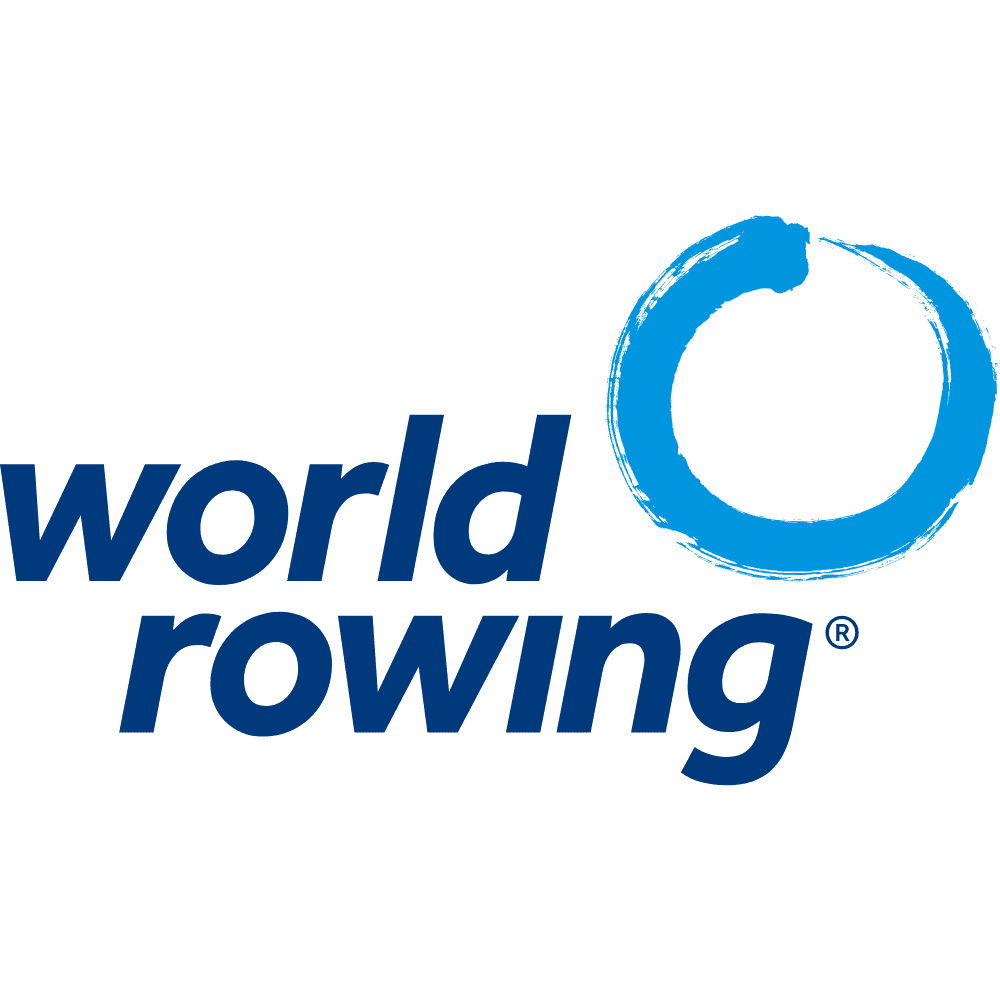
28 Aug 2017
Rowing’s future; zebra striped boats?
Central to all high-performance rowing is to have a winning speed. Training, equipment development, coaching and accompanying applied science and research are focused on increasing race performance to ultimately secure those medal positions.
Over a 2000m race it all comes down to optimally applying force repeatedly in order to maintain the highest overall average speed. Optimising the performance around these repetitive moments is the goal.
A point of particular interest to rowers and sport scientists is the catch, when the oar enters the water and force is initially applied for propulsion of the boat. Small variations in force application at the catch are argued to make important differences to high performance outcomes. Likewise, the relationship between perceived motion, oar placement and boat behaviour has an important role to play in the successful execution of the catch in rowing (Millar, 2014; Millar, Oldham, & Renshaw, 2013). Specifically, matching the passage of the oar going into the catch with the speed of the boat is part of a critical perception-action couplet, known to coaches as ‘rowing with the boat’.
The environment we perform in determines movement perception involving self-motion. That is to say specific cues and states of optic flow emerge (Fajen & Matthis, 2013). For rowers, perception involving self-motion relies on water passing the boat, which in turn prescribes approach timing and resulting catch (Millar et al., 2013). A potential approach to optimising the perception of changes and thereby performance efficiency is to manipulate local perception through the use of contrasting textures.
This is where the zebra stripes come in to play.
Contrasting textures can be done through the addition of patterns that provide a fixed point of contrast to texture information indicating perceived motion. In rowing, a point of contrast exists between the stern hull of the boat and the texture of the water travelling past the hull at that point. The use of lines as textures can provide enhanced information about surfaces in the environment and can provide strong cues as to the structure of perception-action relationships in movement tasks including interception.
In her study, Millar examined whether contrasting textures between the water and striped markings or lines that offer enhanced contrast or position information on the top hull surface of the boat could be exploited by rowers in order to improve performance.
Millar tested the theory with a rower who trialled five methods. The first was to row with no lines, the second with vertical lines, followed by a no-line trial again, then a horizontal trial and a final no-line run. Millar clocked significant changes with the horizontal lines suggesting a beneficial effect on boat speed.
For Millar this research came out of studies into how successful scullers are able to slow the approach into the catch to match the speed of the boat slowing down.
“The question was about how we can maybe help rowers detect the speed of the boat moving through water a little easier. So I hypothesised that lines on the boat will enhance the information about the speed of the water travelling past the boat,” says Millar. “When you are trying to judge speed off something, a textured background will give you feedback as to the speed you are travelling at. Horizontal stripes on top of the boat give rowers the ability to row with their boat. It’s like when you drive a car close to objects, i.e parked cars, you get the perception of how fast you are driving and normally slow down a little. I wanted to test if these lines would have an impact on a rower’s ability to slow down coming forward. And it did!”
This research started for Millar as a follow-on from a study she did about how Olympic rowers and coaches talked about success being about the relationship between the rower(s) and the boat, not just between the rowers.
Millar plans to do further studies into the number of lines on top of the boat. “We believe that less could work better, as the zebra pattern was pretty full on for the rower.”
This continuation is planned for later in the year and Millar hopes to make it bigger with a larger number of rowers. “A subsequent study to this would then look to manipulate how many lines and the spacing of them on the top of the boat,” adds Millar.
Millar comes from rowing and coaching background before moving towards working with coaches. “I have stuck with coaching coaches for the last ten-plus years and now work with coaches of all sports and have come back to work more with rowing coaches.”
“I am also completing research on the differences between erg’s and water forces and timing as well as back positions. The data is almost ready to share.”
For full article here.
For more on Millar here.

